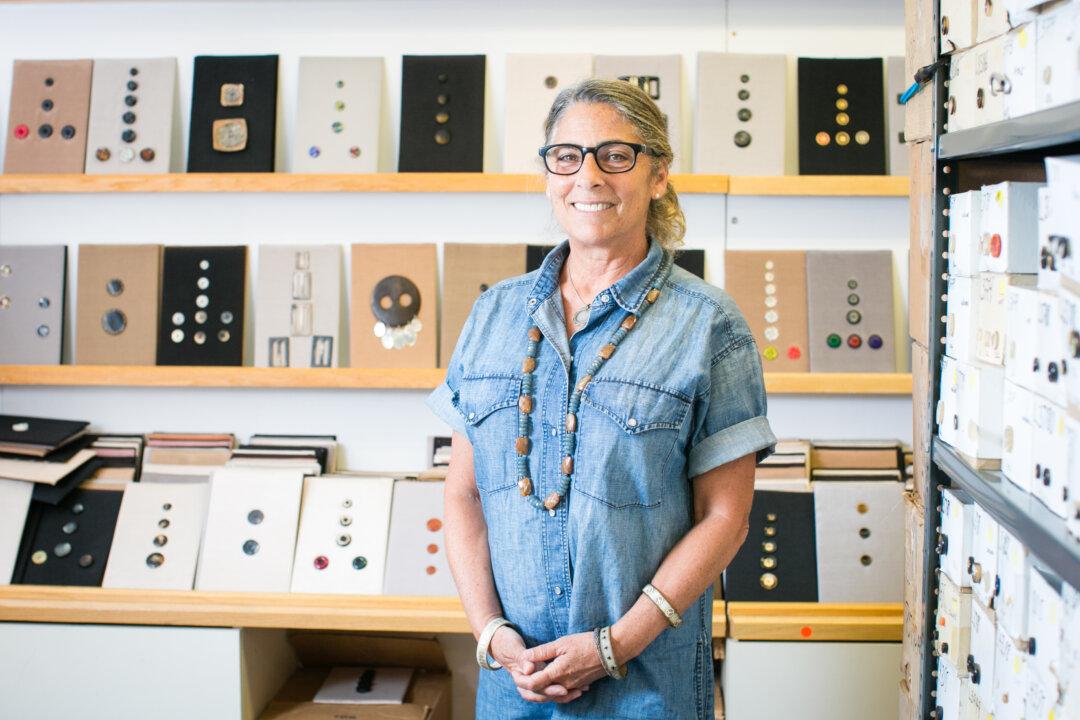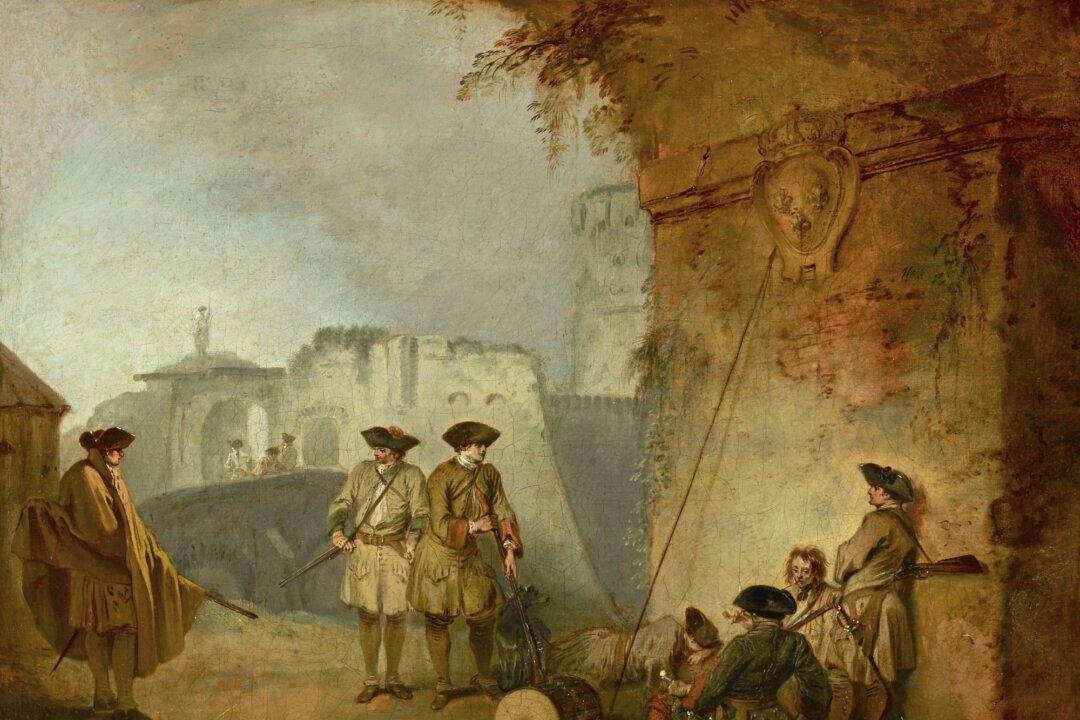NEW YORK—Asia Week New York kicks off March 10, where exhibitors will showcase the rarest and finest examples of painting, sculpture, bronzes, ceramics, jewelry, jade, textiles, prints, and photographs from all over Asia.
For Japanese art aficionados, the 10-day event presents opportunities to view the work of artists who have been named Living National Treasures.
“Asia Week is the most important showcase for us to introduce Japanese artists,” said Onishi Gallery owner Nana Onishi. Being one of only two galleries owned by Japanese in New York, she said. “It’s very important for us to be connected to international collectors and museum curators. There are 56 Living National Treasures in Japan and we carry 13 of them.”
According to Onishi, collectors are more interested than ever in contemporary Japanese, and Asian art.
The exhibition titled Kogei: Contemporary Japanese Art at Dalva Brothers features many rare talents including three uniquely inspired artists: Imaizumi Imaemon XIV, Osumi Yukie, and Tokuda Yasokichi IV.
Imaizumi Imaemon XIV, son of a Living National Treasure in ceramics, was designated the youngest Living National Treasure in Japanese history in 2014 for his work in contemporary Nabeshima porcelain ware.
In Japan, this is a designation for individuals certified as Preservers of Important Intangible Cultural Properties. They are individuals who have attained a high level of mastery in preserving a cultural aspect, like these art forms.
Last year, Osumi Yukie, was designated the first female Living National Treasure in “kogei” in Japanese history. She is known for her mastery of hand-raised silver vessels decorated with a specialized inlay technique similar to damascene.
Tokuda Yasokichi IV, daughter of the famous Kutani porcelain artist and former Living National Treasure Tokuda Yasokichi III, is a pioneering woman as a female artist to succeed as the head of a traditional pottery family and ceramic dynasty.




